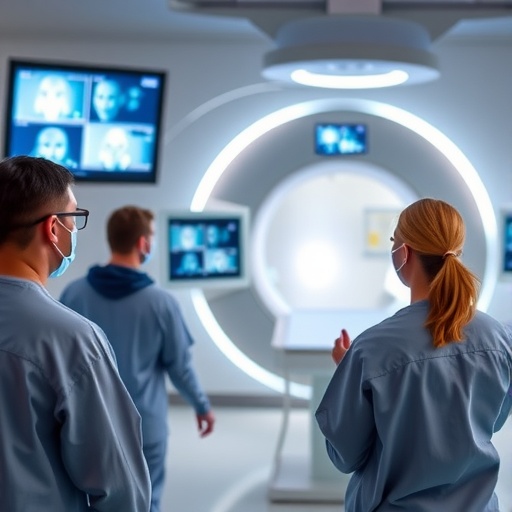DNA makes up only half of the material inside chromosomes — far less than was previously thought — a study has revealed.
Up to 47 per cent of their structure is a mysterious sheath that surrounds the genetic material, researchers say.
While the precise function of this sheath is unknown, researchers suggest it may keep chromosomes isolated from one another during the key process of cell division.
Researchers say this so-called chromosome periphery could help to prevent errors from occurring when cells divide — a hallmark of some forms of cancer and diseases associated with birth defects.
Using advanced imaging techniques, researchers have for the first time produced detailed 3D models of all 46 human chromosomes — the structures inside cells that contain our genetic material.
Since their discovery in 1882, chromosomes have been the focus of intensive study. In spite of major technical advances, the complete structure and organisation of chromosomes has remained a mystery, researchers say.
Scientists at the University of Edinburgh developed a precise microscopy technique that allows them to study the structure of chromosomes in unprecedented detail. The method — known as 3D-CLEM — combines light and electron microscopy with computational modelling software to produce high-resolution 3D images of chromosomes.
Analysis of the images reveals that material containing DNA and supporting proteins — known as chromatin – accounts for between 53 and 70 per cent of the total contents of chromosomes. The remaining 30 to 47 per cent is composed of the chromosome periphery.
The study, published in the journal Molecular Cell, was funded by The Wellcome Trust. The research was carried out in collaboration with the Kazusa DNA Research Institute, Japan, National Cancer Institute, US, and the University of Liverpool.
Dr Daniel Booth, of the University of Edinburgh's School of Biological Sciences, who co-led the study, said: "The imaging technique we have developed to study chromosomes is truly groundbreaking. Defining the structure of all 46 human chromosomes for the first time has forced us to reconsider the idea that they are composed almost exclusively of chromatin, an assumption that has gone largely unchallenged for almost 100 years."
Professor Bill Earnshaw, of the University of Edinburgh's School of Biological Sciences, who co-led the study, said: "We now have to re-think how chromosomes are built and how they segregate when cells divide, since the genetic material is covered by this thick layer of other material."
###
Media Contact
Corin Campbell
[email protected]
44-131-650-6382
@edinunimedia
http://www.ed.ac.uk
############
Story Source: Materials provided by Scienmag




